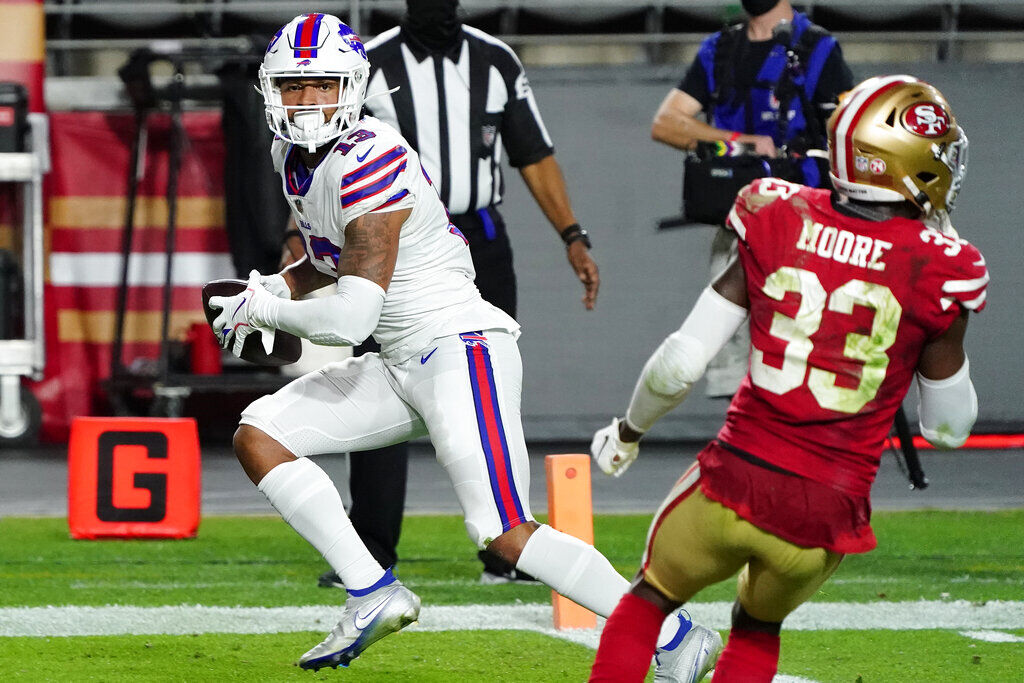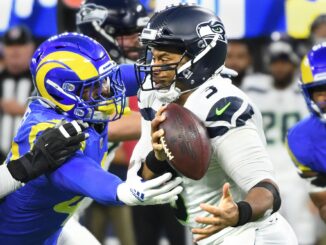
The Alliance of American Football (AAF) had a successful opening weekend, but I can’t help but remember how 18 years ago the ill-fated XFL did as well. That league would fold after just one season, but with the AFL having a much more solid foundation, could things be different this time?
The AAF is not the first league to try to get a piece of the American football pie and they are by no means assured of smooth sailing ahead. I personally wouldn’t be surprised if their ratings level off or even drop off from week one but the key for the league will be to find a level of stability, here’s how they can do it.
NFL Support
The NFL has not had an official development league since NFL Europe folded back in 2007. While the AAF is not officially tied to the NFL, the NFL is airing some of its games on the NFL network and a few general managers have acknowledged scouting the league and its players.
While many of the players that make up AAF rosters will be labeled NFL washouts and rejects, I specifically remember a former first-round draft bust by the name of Tommy Maddox getting a second-chance in the XFL. Maddox won league MVP and came back to have some success in the NFL replacing an injured Kordell Stewart and leading the Steelers to the playoffs. He would eventually hand the keys to Ben Roethlisberger, but he also won a Super Bowl ring before his career would end.
Strategic Planning
The XFL had teams in Birmingham, Chicago, Orlando, New York, LA, SF, Memphis and Vegas. The AAF has teams in Birmingham, Memphis and Orlando too but they also have invested in unique regions.
San Diego is a great place for a franchise considering the Chargers recently gave the city the middle finger when they didn’t get a new stadium and moved to Los Angeles.
Football is big in Texas but while the Houston and Dallas markets are pretty saturated, the league sees opportunity in San Antonio.
Utah’s college program and BYU receive enormous support, so the Salt Lake City Stallions makes a lot of sense.
Some wondered if Atlanta could support an MLS team, they went on to set the record for attendance for a North American team and outdraw some teams in the Premier League.
The AAF might be the only pro sport that doesn’t have a team in either Los Angeles or New York, but in doing so they may avoid the apathy bug that sometimes pops up in big cities with plenty else going on.
Social media is another thing the league has going for it. I personally didn’t watch any Week 1 games live, but with highlights on sports stations and YouTube within minutes, potential fans get an opportunity to try before they buy.
My favorite aspect of the AAF is its allocation process. Teams have feeder schools/teams that allow fans to watch players they idolized back when they were college football stars. One of the biggest drivers of pro sports is the marketability of its stars and so you can bet Birmingham fans are welcoming Blake Sims and Trent Richardson home.
Fewer Gimmicks
I’ll never forget as a 13 year old boy being embarrassed when my mother walked in during an XFL game and seeing a camera zoom-in on a half-naked cheerleader.
I also recall my father, a football purist, asking what the hell am I watching when one game didn’t start with a coin toss but the silly “opening scramble” where teams race from the 30 to the 50 yard line to wrestle for the ball.
The AAF is not without it’s quirks, but everything makes sense.
The NFL moved the extra point back to make it more interesting; they miss more, but I still don’t care to watch it. The AAF requires teams to go for two-point conversions.
Teams can’t rush more than five on each play and rushers have to start the play within two yards of the offensive tackles. This is an offense-friendly move that will annoy defensive purists, but it takes a lot of time for offensive lines to jell. Many will remember the XFL allowed bump-and-run coverage all the way down the field until the ball was thrown; this hurt scoring so much they had to change the rule mid-season.
Still A Way To Go
The AAF has some challenges. The football is sloppy, and unlike the college game, which benefits from spring practice—or the NFL, which offers a preseason—the AAF jumps right into it.
I am not one to advocate this league’s quality or suggest it will ever challenge the NFL. You will see plenty of dropped passes, errant throws and poor tackling, but there’s something to say about having a sport you can build upon.
Players are given three-year contracts for $200,000. I like that they built a model that focuses on sustainability rather than flash. I see it as they’re allowing players to continue their dreams.
I think back to a few years ago seeing a popular former University of Washington player whom I used to cover working an entry-level job at Marshalls. I was just happy to see him, but he was clearly ashamed of his job and lamented the end of his playing career. How great is it that we have a league that creates jobs in a profession that these men have dedicated their lives to preparing for?
Where the NFL can’t employ them all, the AAF is here to fill in the gap and hopefully entertain you in the process.




